Cost estimations can significantly benefit you if you have a budget and plan to start or buy any project. A cost estimator can help you understand and determine how much time and money you need when going on any project. It lets you choose if the project is worth enough to invest in your time and cost. Many people are not aware of the estimation at all; this read will help you understand the eight types of estimates commonly used by cost estimators in the construction industry.
What Is Project Estimation?
Project estimation or cost estimation is used in the construction industry to predict how much finances and resources it would require to complete the project. Cost estimation includes all the elements from raw materials to the labor that would contribute to the completion of the project and determines the overall budget.
A project requires a lot of effort, materials, time, and cost to see the end result; cost estimations help keep the budget minimum while making the most out of it. Contractors and project managers mostly prepare the project estimate before starting any project detailing the estimated cash, working days, and other relevant quantities of materials and labor that would be needed.
Who can use cost estimation techniques?
Cost or project estimation is a widely used technique. People from different industries, sectors, and positions do or get the cost estimation done before starting any new project. The following professionals mostly use this technique.
- Construction employees
- Business owners
- Engineers
- Homeowners
- People working on infrastructure
- Labors
- Manufacturers
- Industrialists
- Contractors
- Project manager
- Suppliers
- Mining employees
The eight types of estimates
Cost estimation can be done in two ways; some people estimate a project in complete detail by considering everything, while others make the approx—calculation without getting into the details. There are 8 primary cost estimation techniques that are commonly followed or used by estimators.
Each of them is briefly explained below.
1:Preliminary Cost Estimate
The preliminary cost estimate has several names like abstract cost estimates, approximate estimates, or budget estimates. This type is used in the initial stages to determine the approx. Cost of the project. This type of estimate helps the sanctioned authority to know the status of finances and the steps they would need to administer the project cost.
2: Plinth Area Cost Estimate
The name is self-explanatory; this type is used to prepare an estimate based on the plinth area of the construction area. The plinth area cost estimation method estimates the future cost based on the building’s already constructed or built-up area at the floor level or the basement. The cost is calculated based on the locality of the building.
3: Cube Rate Cost Estimate
The cube rate estimation method is done by obtaining the building’s plinth area and multiplying it with the height of the building. The height of the building is taken from the floor level to the roof. This method is mainly used for multi-storied buildings.
4: Approximate Quantity Method Cost Estimate
The approximate quantity cost estimation method is also known as a rough or preliminary estimate. In this, the total length of the building is measured, which is multiplied by the rate per running meter. It tells the approximate cost of the building to the sanctioning authority; in this type, the rate per running meter for the foundation and superstructure is calculated separately.
5: Detailed Cost Estimate
In Detailed cost estimation, the project’s cost is predicted through quantitative analysis of the work that the design document requires. It is usually prepared after the approval of preliminary cost estimates. Sometimes it is not required by the clients; it is needed for overall cost management and budget adherence. It is considered to be a very accurate type of estimation method.
6: Revised Cost Estimate
Revised Cost estimation is the method used for detailed estimation; it is mainly prepared when the original sanctioned estimate value exceeds 5% or more. The increase in cost is primarily due to changes in material costs, transportation costs, or other economic factors.
7: Supplementary Cost Estimate
Several structural modifications are required during the project execution; this is where the supplementary cost estimation is used. It is used for the additional work especially needed for preparing overlooked elements. It is mainly prepared during the process; both original and supplementary costs are included.
8: Annual Repair Cost Estimation
Annual repair cost estimations or annual maintenance estimates are prepared to determine the maintenance costs of the project. Building safety and repairs like whitewashing, painting, minor repairings, etc., are included in this estimation.
Where can you find cost or project estimators?
Cost or project estimators are readily available online. SMA estimating is one of the leading estimation service providers. They have a team of cost estimators and experts to help you create and refine the budget estimates.
SMA estimating service can help you determine the cost for your next project; they provide the complete details, including the time, budget, and material you will need during the process. They have a team of experienced, certified, and skilled cost estimators. Everyone can take our services, whether you are a contractor or a house owner.
They use the latest technology and method to provide the best and most appropriate budget estimations.

